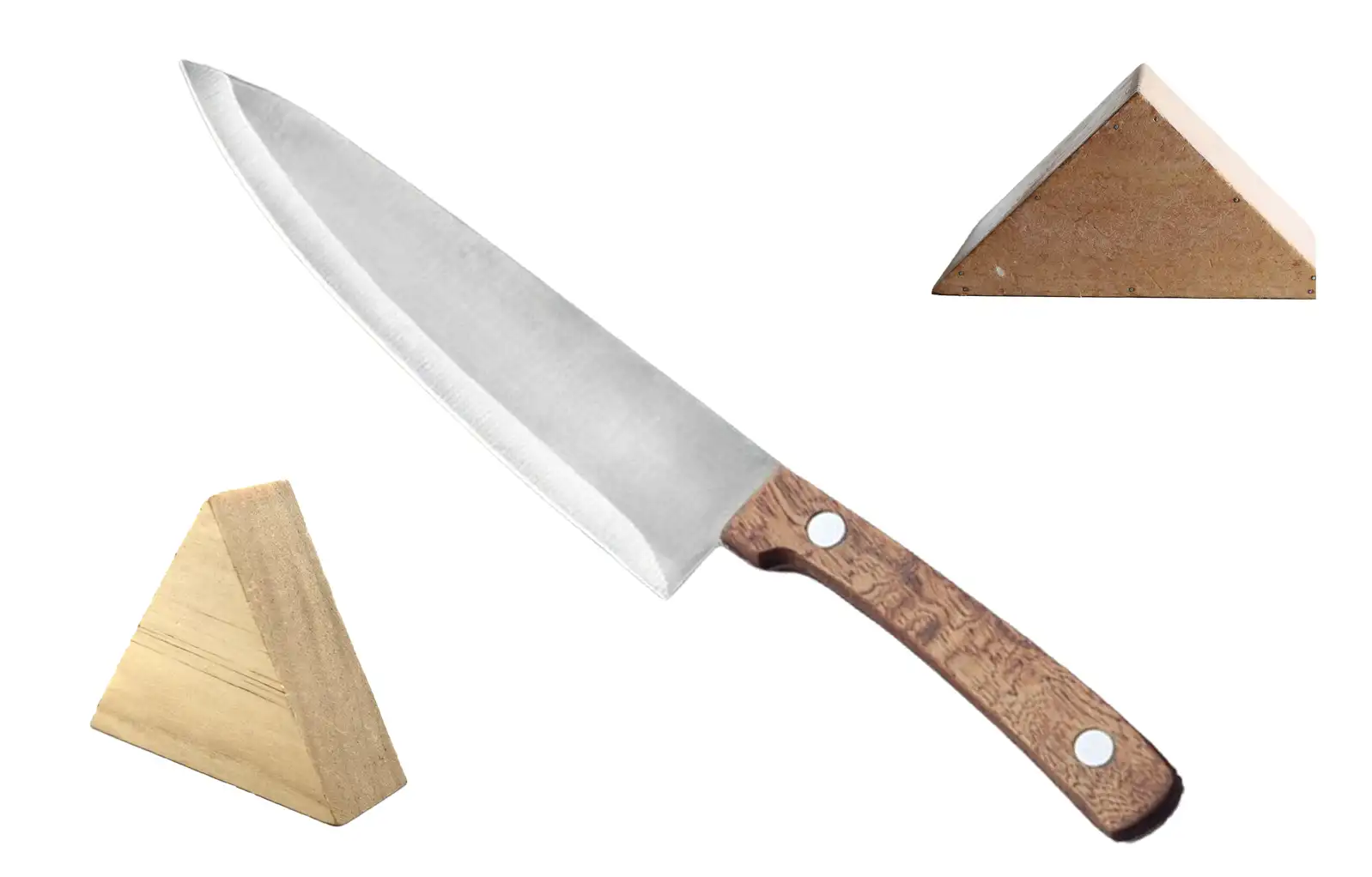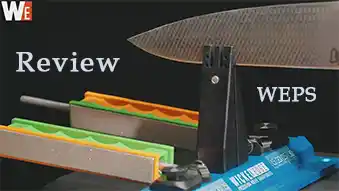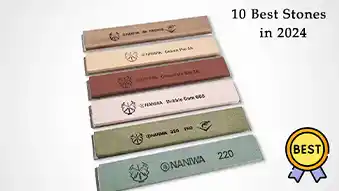Visualize Dull and Sharp Edges

Introduction
Understanding sharpening involves visualizing the difference between dull and sharp edges. To simplify this concept, we've created larger-than-life models of edges at various levels of sharpness. By examining these models, you can grasp the process of transitioning from a dull to a sharp edge more easily.
The Anatomy of an EdgeAn edge consists of flat surfaces known as bevels, which come together to form a crisp line. In a sharp edge, these bevels are smooth, creating an even edge along the blade. Typically, knife edges have bevels set at around 20 degrees on each side, totaling 40 degrees. This angle is commonly used for knives, although other angles may be used for different types of edges.
Dull EdgesA dull edge is characterized by bevels that are no longer crisp but instead rounded and blunt. While this model is exaggerated for clarity, a real dull edge would lack cutting ability and would be noticeable long before reaching this extreme dullness.
Damaged EdgesA damaged edge shows interruptions in the continuous intersection of the bevels along its length. Despite certain areas still appearing relatively sharp, damaged sections compromise the overall cutting ability of the edge. Although some people may consider a few nicks acceptable, a truly sharp edge requires addressing these damages.
Material Removal for SharpeningTo sharpen a dull edge, material must be removed from the bevels until they meet once again in a crisp line. This process involves abrasion or slicing to remove the waste material until the bevels intersect, forming a sharp edge.
Coarsely Sharpened EdgesCoarse sharpening stones are used initially to quickly shape the bevels, leaving behind deep grooves. While the bevels may intersect, the resulting edge lacks crispness due to the grooves, making it less effective for cutting.
Refinement to SharpnessAfter coarsely sharpening, progressively finer grits are used to smooth the bevels. Each grit removes scratches left by the previous one until the intersection forms a crisp line again. This process can be applied to the entire bevel or only to the portion nearest the edge, known as a micro bevel, which saves time and wear on the stones.
ConclusionVisualizing the progression from a dull to a sharp edge provides insight into the sharpening process. By understanding the anatomy of an edge and the steps involved in sharpening, you can effectively restore cutting performance to your tools and knives. With this knowledge, you'll be better equipped to maintain sharp edges for optimal cutting efficiency.


